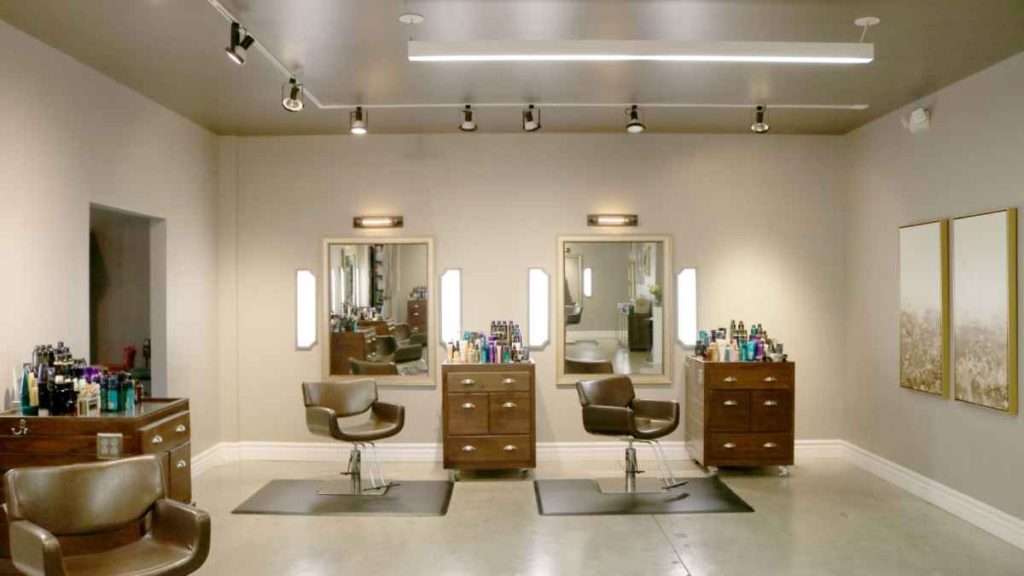Over the past few years, the way physical retailers do business has changed drastically. Below, we look at just a few examples of this.
Cashless stores
All kinds of retailers are currently experimenting with cashless stores. Trading in this way eliminates the possibility of the till being robbed and stops staff from pocketing part of the takings. It is also usually faster for customers to swipe their phones or cards to pay than it is to take cash.
At the time of writing this, 7-Eleven in Australia, Salad and Go, McDonald´s in Boston and Chicago, and Sweetgreens have all opted to go 100% cashless. Increasingly, small businesses are doing the same. For example, in London, it is not unusual to find small stores, pubs, and cafes displaying notices that say they no longer accept cash.
Shop-and-go stores
Amazon has taken the cashless shopping experience a step further. Customers come in, select the items they want and walk straight out again without having to use a checkout.
This is done using a combination of computer vision, sensors, and machine learning to keep track of what each customer has picked up. As they leave, the app on their phone automatically charges their bank account for the items purchased. Hong Kong’s Circle Eleven and Taiwan’s 7-Eleven chains have both had success with the format. Examples of more can be found in this article.
All of the UK´s major food retailers have tried this format. So far, none have been a success. The British seem to be resistant to the concept. They are happy to use serve-yourself checkouts and to do at least some of their shopping online. But do not want people to lose their jobs to machines. Or to be stuck in a store unable to ask a store staff member for help.
Advances in physical store digital marketing
The Australian-based Mandoe Media company which specializes in offering in-store digital marketing solutions has seen a huge uptick in demand for its tech. Surprisingly, the CoVid epidemic contributed to this uptick in demand. As soon as they reopened many retailers doubled down on in-store advertising. With many small retailers getting into it for the first time. Some initially installed digital screens to remind their customers of health safety guidelines. But when store owners realized that customers notice screens, they quickly switched to displaying promotional information and offers on them.
Enjoying an uptick in sales. Partly, as a result of being able to change the ad to fit in with the demographic of customers using the store. For example, when the shop is full of school kids displaying a water and snack deal. Then, at lunchtime, when workers are dropping in to buy their lunch, using the screens to offer them a sandwich, salad, and drink deal.
More personalized experiences
This is just a small example of how physical retailers are working to make shopping a more personal experience. They are encouraging their staff to learn their customers’ names and know a little about them. To understand their tastes so that they can offer them something that they will like. Even smaller retailers are providing loyal customers with the chance to go around the store with a personal shopper.
Retailers are gathering more data about their customers than ever before. Because more purchases are made through apps, retailers have an increasingly clear picture of what individuals are buying and when. They can also see which offers are most likely to tempt them. Adding regular short surveys into the mix teaches them even more. All of this information is being used to provide a more personalized shopping experience, something that a recent McKinsey study showed 80% of consumers wanted.
Augmented and virtual reality
Very slowly augmented and virtual reality technology is being added into the mix. Currently, it is being used to enable customers to see graphical representations of things.
Converse’s Sampler App is an example of this. It enables people to see what their shoes would look like on them. L’Oréal is doing something similar with makeup and Ikea is offering people the chance to see what items of furniture are likely to look like in their homes. It is still an emerging technology, but consumers are enthusiastic about it, so this is an area of retail tech that is highly likely to grow fast. This overview tells you more.
The pace of change has been fast. But that is nothing to the rate at which things are likely to move over the next few years. Margins are tightening and recruiting is becoming increasingly difficult, so tech will need to be deployed to solve these issues.




